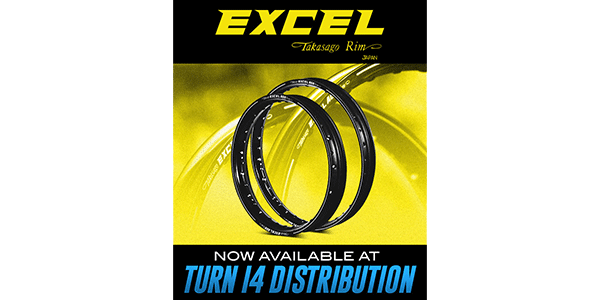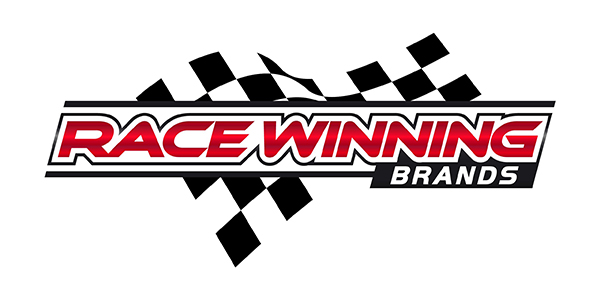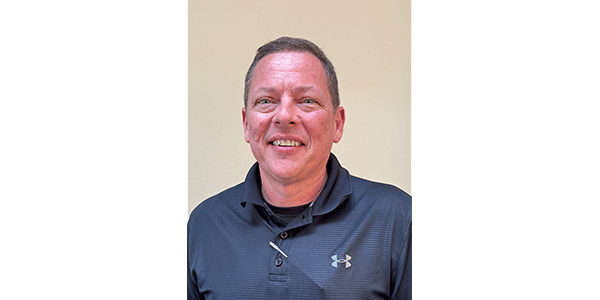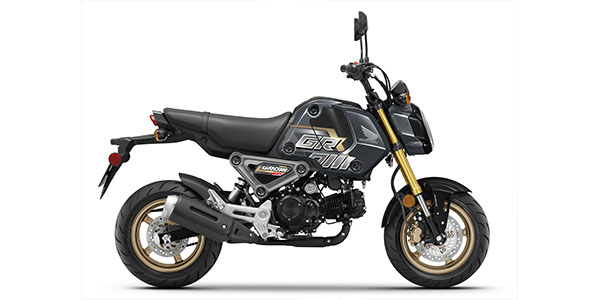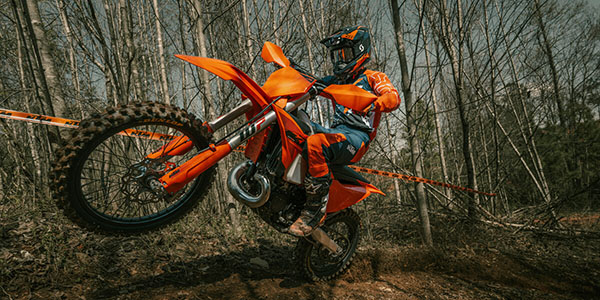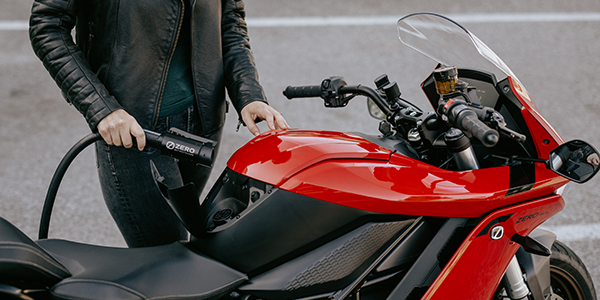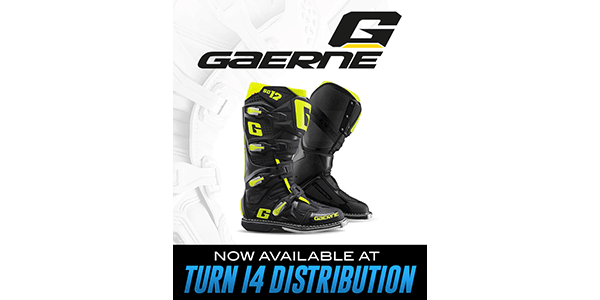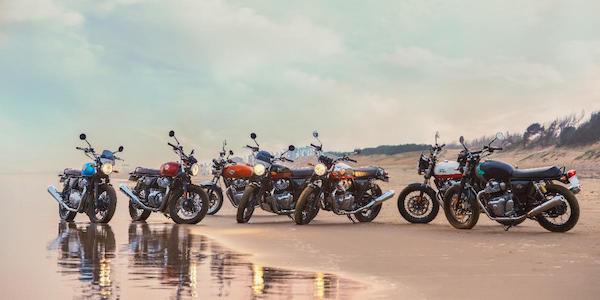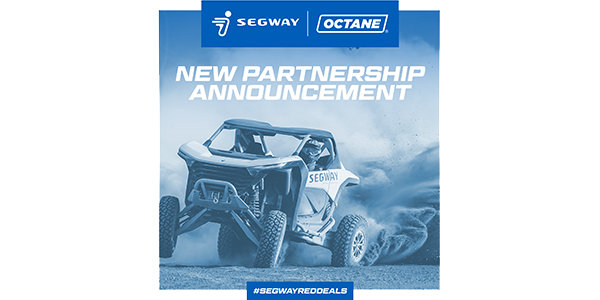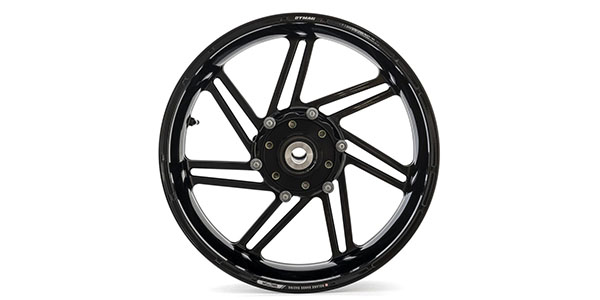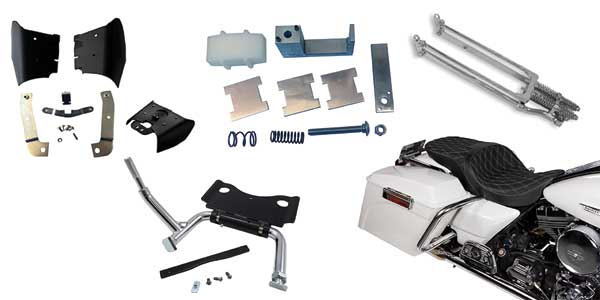Due to the economy in our area, we are down in new unit sales compared with last year. I’ve got to make up for this from other areas within my store. What are some of the performance indicators and benchmarks I should be looking at to ensure that my other departments are operating at peak efficiency?
Best Operators Club chairman Robert Hintz provides the answer this month. In addition to serving as BOC chairman, Robert’s real job is as the owner and GM of the Engelhart Center in Madison, Wisconsin. This successful dealership carries Arctic Cat, BRP, Honda, Suzuki and Yamaha products. By pure coincidence, Engelhart’s just happens to be the closest dealership to MPN‘s Madison headquarters.
This is a good question, especially as the general economy falters. Every dealer experiences this problem at one time or another. I like the fact that this dealer recognizes the need to maximize the return from the other profit centers. Robert, how do you respond to this dealer’s question?
When our new sales are off, and we have verified that it is caused by external factors, we will try to ramp up our pre-owned sales. These units provide better price points when the economy is down. In addition, we make better margins with pre-owned. If sales are off due to area discounters, pre-owned units provide alternatives that can’t be compared at other dealers.
You have been extremely successful in the pre-owned business. What are the key indicators and benchmarks for this department?
Well, first you look at the pre-owned-to-new sales ratio. For most dealers, a .5:1 ratio should be the minimum target. That is one pre-owned sold for every two new retailed. We actually sell considerably more pre-owned than new. Another benchmark is to maintain profit margins over 20% on pre-owned.
What about P&A and F&I products per-vehicle-sold (PVS) in your pre-owned business?
The targets for F&I and P&A PVS should be the same or more than those of new units. We find that it is often easier to sell these products to the pre-owned buyer than the new unit purchaser. The current Best Operators Club benchmarks are around $450 for F&I and $525 for P&A PVS.
These are actually pretty stout numbers for most dealers, aren’t they?
Yes, but the readers have to keep in mind that we are talking about benchmarks for some of the best dealers in the country. We could use the average for our benchmarks, but who aspires to be average?
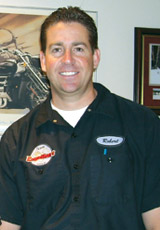
Robert Hintz
Speaking of P&A, what are some of the key performance indicators and benchmarks for this profit center?
Obviously, one of the biggest indicators is profit margins. Currently, the BOC gross profit benchmarks are 39% for parts and 34% for accessories.
This is down from where I’ve seen it in the past, particularly in accessories.
There has been some erosion of profitability in the last few years. I suspect this is due to the Internet, and the increasing numbers of accessories-only stores with lower overhead and lower prices. We have to remain competitive in order to retain our customers.
What other indicators do you monitor?
Number of turns is a major factor in the profitability of this department. You simply can’t afford to stock P&A that doesn’t turn four or more times a year. Many of the dealers in the BOC group feel six turns is more realistic. Dealers really need to monitor this closely, and eliminate slow-moving P&A. Recover whatever you can, so you can invest in higher-turning inventory.
What about seasonality? Doesn’t this affect the number of turns?
Not really. It affects when you stock it. If the season is, say, six months for a given product, such as snow or PWC P&A, it needs to turn at least two times in six months. You only want to stock it during that period.
What about Gross Margin Return On Investment (GMROI)?
GMROI is a very useful measurement. You take your gross profit (in dollars) and divide this by your average inventory (in dollars). The neat thing here is to do this for categories of P&A so you can see what has the best return. This helps you determine which categories of products you want to ramp up in inventory.
Alright, let’s turn to service. What are the measurements and benchmarks?
First off, we look at overall profitability. This should be around 70%. Take your total billed labor sales (warranty, internal and customer-paid) and subtract the cost of sales. This is only the technicians’ compensation that is wages and incentives. This gives you your gross profit dollars. Divide the gross profit dollars by total sales dollars to get the gross profit percentage. Next, we look at technician performance, both at the overall department level and the individual technician level:
- Efficiency: This is the billed labor hours divided by actual hours worked. It should be 100% or more. This measures the speed of the technicians.
- Productivity: This is the actual hours worked divided by the hours available for the techs to work. It should be around 85%. This is the quantity measurement and is an indicator of how well the service manager keeps the work flowing to the techs.
- Proficiency: This is the billed labor hours divided by the hours available. It should also be around 85%. We call this the profitability measurement.
I know there are other measurements, but we feel these are some of the key performance indicators for these departments. It is always important that all of your profit centers perform well, but when sales are down, it is vital!
Indeed!


